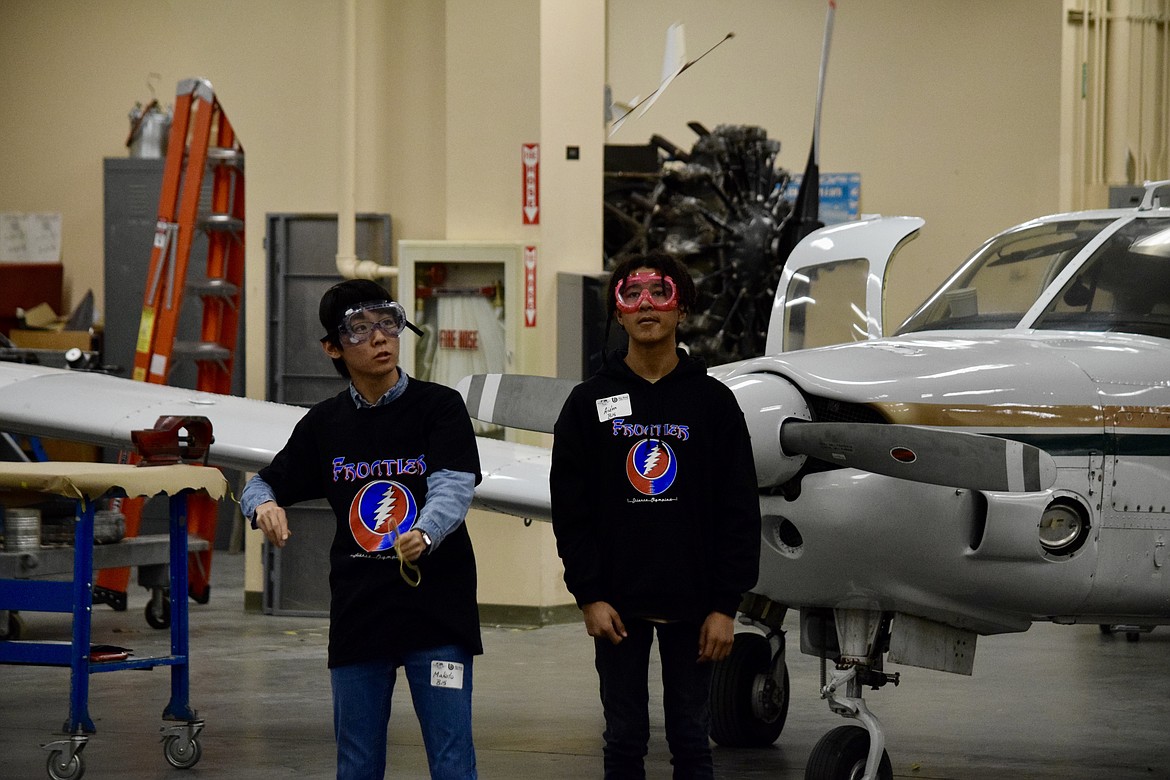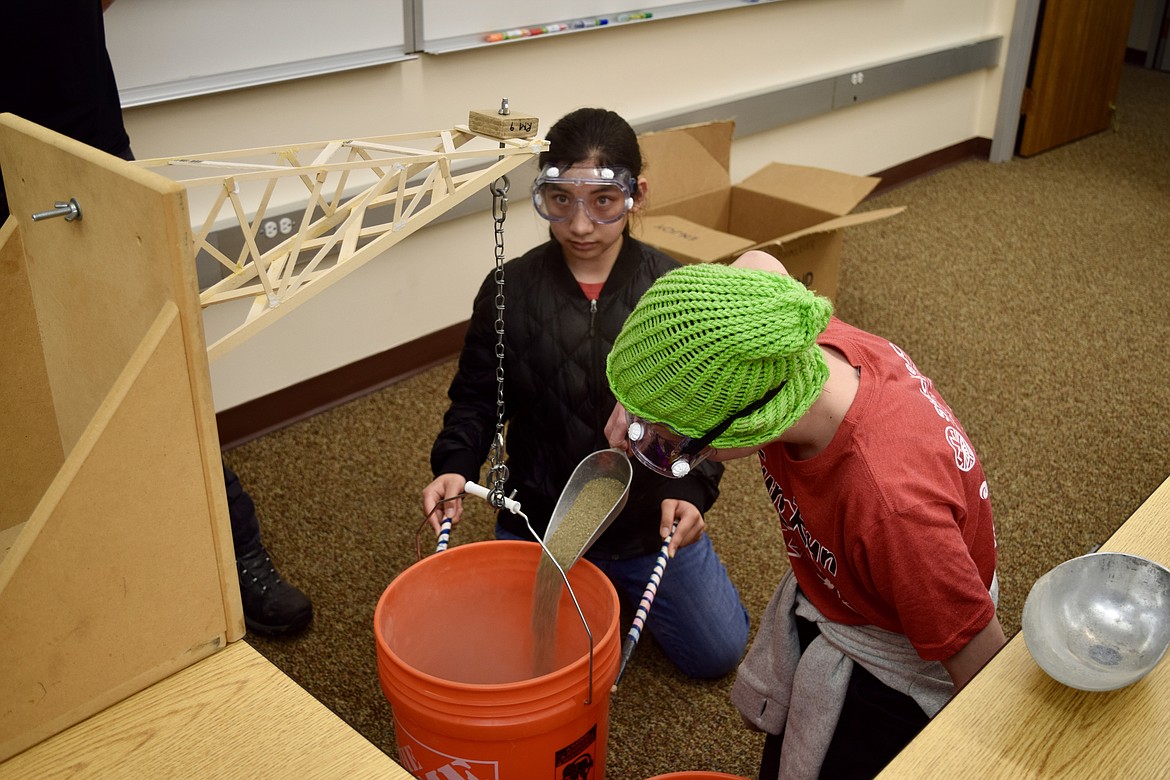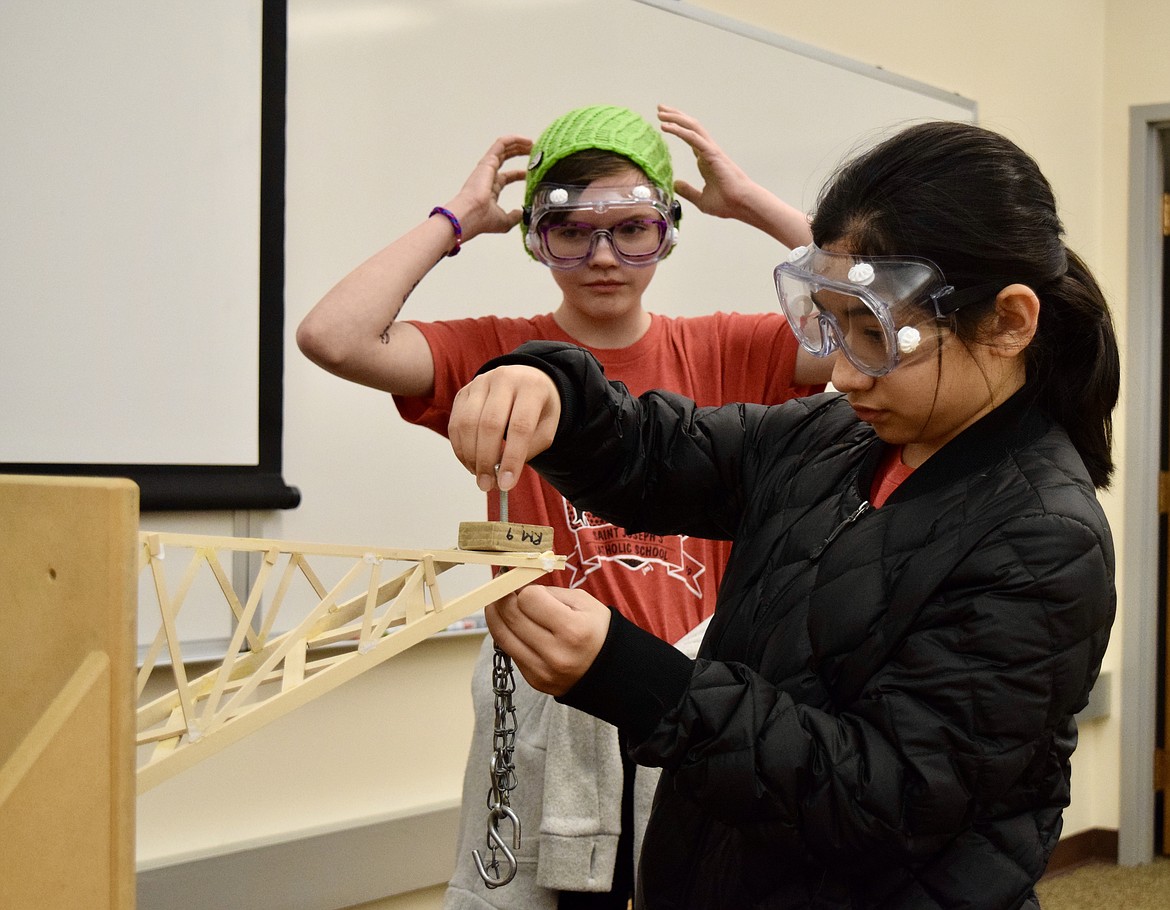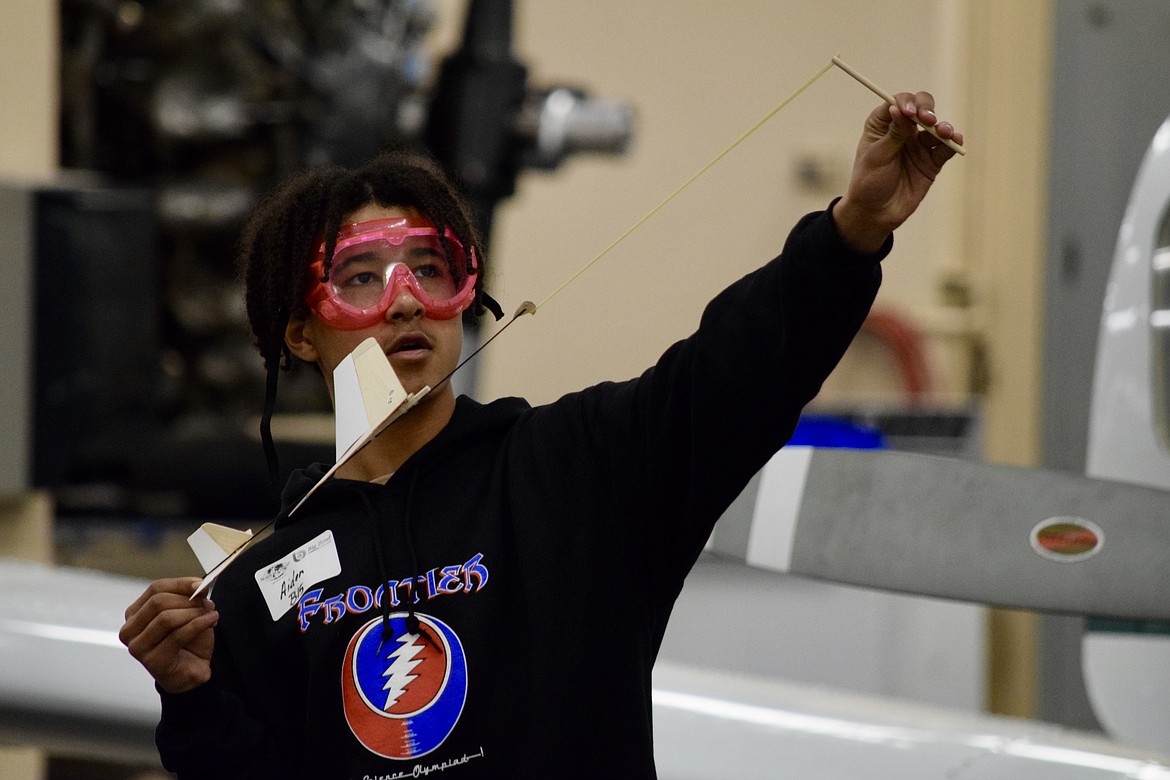Science Olympiad serious business for middle schoolers
MOSES LAKE — For eighth-grader Anita Valdez, one of the best parts of building things is watching them fail.
Become a Subscriber!
You have read all of your free articles this month. Select a plan below to start your subscription today.
Already a subscriber? Login








